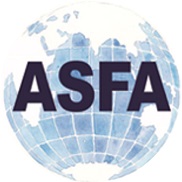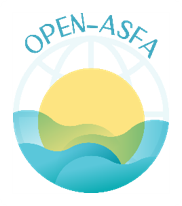Etude de l'impact de l'alimentation sur la detoxification de la palourde Ruditapes decussatus contaminee in-situ par les gymnodimines (lagune de Boughrara, sud de la Tunisie)
DOI:
https://doi.org/10.71754/instm.bulletin.v40.562Keywords:
Chromatographic techniques, Shellfish, Shells, Karenia selliformis, Ruditapes decussatus, Marine, MED, Tunisia, Boughrara LagoonAbstract
In the Boughrara Lagoon (Gulf of Gabes, Eastern Mediterranean sea, Tunisia), the grooved carpet shell Ruditapes decussatus has been contaminated by the toxic dinoflagellate Karenia selliformis and seen to contain persistent levels of gymnodimine (GYM) for several years. The contamination of bivalve molluscs by phycotoxins is a worldwide problem requiring a solution. In this context, the present study investigated the detoxification kinetics of naturally contaminated clams by using Isochrysis galbana Tahitian clone (T.Iso) as food supply. Contents of (GYM) in digestive gland and remaining tissues during contamination and detoxification periods were measured by liquid chromatography coupled to tandem mass spectrometry (LC-MS/MS) and by mouse bioassay. The GYM content in the digestive gland of clams harvested in the natural environment reaches 3375 mu g super(-1) GYM at T sub(o). At the end of the experiment, DSP mouse bioassay was negative after 15 days of detoxification for fed group and 39 days for the non fed group with a respective reduction of 82% and 95%.












